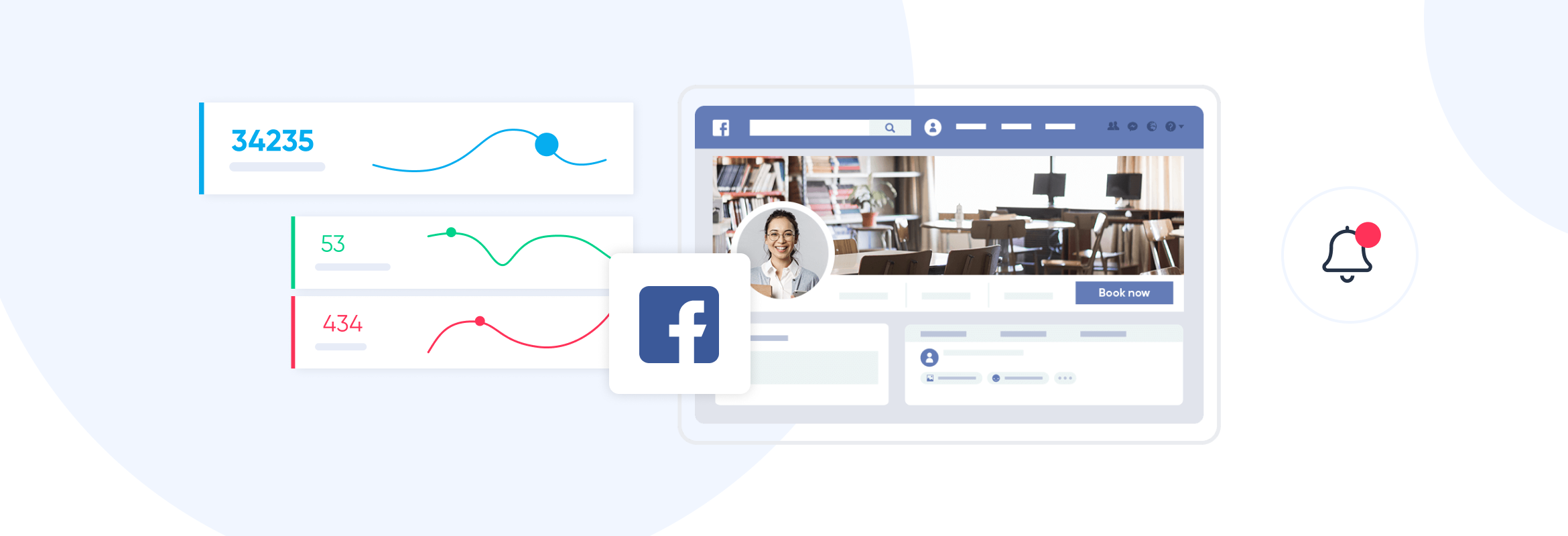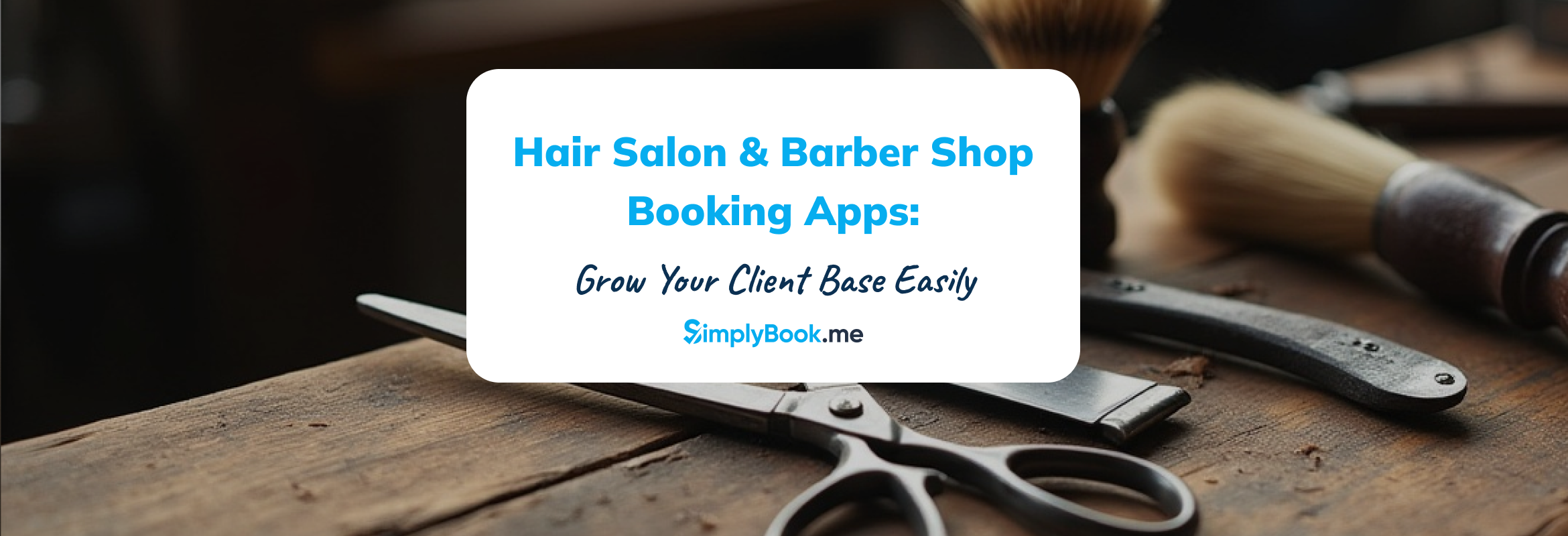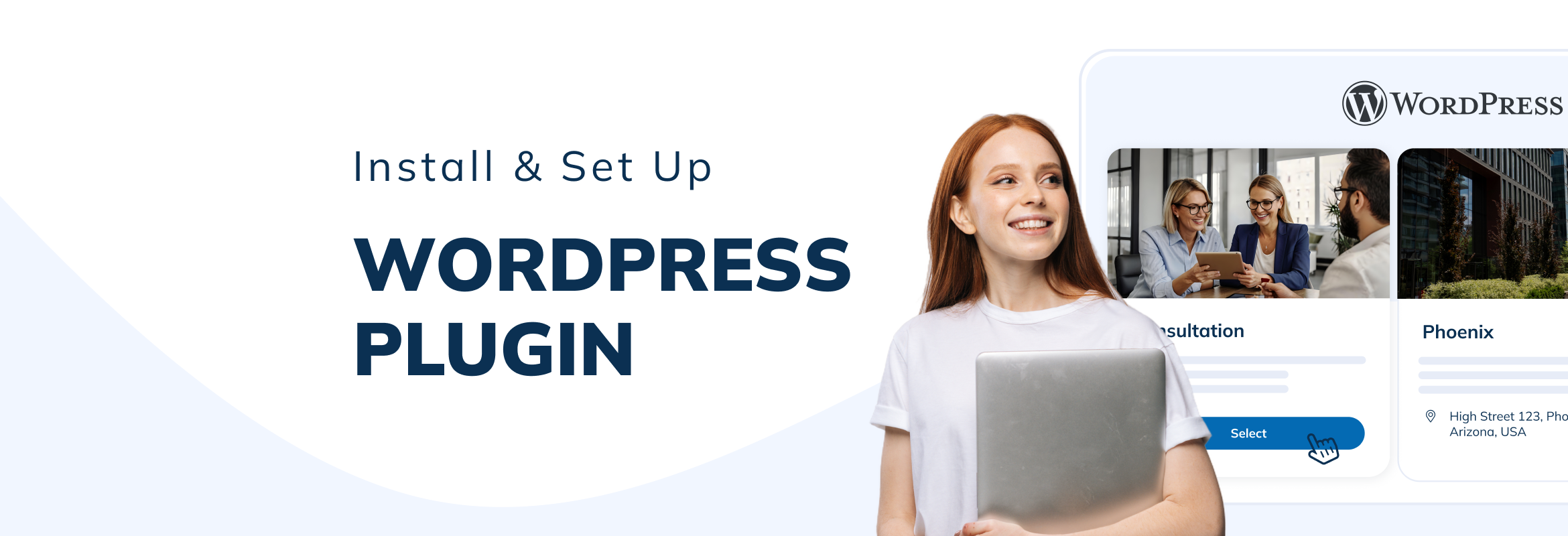Facebook Business page: How often should you post?

This post is also available in:
![]()
![]()
![]()
![]()
Every business owner that has decided to expand their online presence through social media has asked the same question. “How often should you post on your Facebook business page?” Unfortunately, there is no definitive answer.
That’s not what you wanted to hear. However, there are ways to optimise your Facebook business page posting.
Facebook Business Posting is Different
If you have only ever used Facebook to keep up with friends and play fun games and quizzes, you probably don’t know how Facebook feeds and algorithms work for business. It’s an entirely different methodology and process.
The algorithm that powers what people see in their feeds is always evolving to give the best user experience. The Facebook business model depends on having millions of happy users available to see the myriad targeted ads that bring billions in revenue. Consequently, the mechanism that determines what shows up in a followers news feed prioritises what users want to see.
For most private individuals, what they want to see is updates from friends and family, i.e. other private individuals, rather than a newsfeed full of promotional material from companies. As a consequence, making your post seen on the Facebook news feed has become more difficult for businesses.
In counterpoint, making it harder for companies to get organic reach through their Facebook posts means that to get the maximum exposure, companies need to use the paid advertising. It’s all about business; however, Facebook is still a massive repository of potential clients and customers. Businesses can’t afford to ignore it.
The only web spaces that have more traffic than Facebook, are Google and Youtube. Your potential clients are on Facebook, so you need to be too.
Facebook Business Posts: how many and how often?
Once upon a time, in Facebook’s early development, quantity and frequency were the key tools for getting your Facebook business pages noticed. With the multiple algorithm changes since then, that is no longer the case. Now, if your business page posts too frequently, there is a demotion system. Are you posting too often? Reposting the same or similar content? Demoted!
“But what is the right number?”
There is no absolute correct number. If you look at the top ten articles on your Google search page, most will probably tell you that you shouldn’t post more than once a day or seven times a week. Most articles will also tell you that the optimum posting time is between 1 pm-4 pm. However, neither figure is definitive. Most articles that you find on the first pages of the Google SERP rely heavily on viewing figures and times centred around mainland USA. Those figures also don’t break down easily into demographic targeting filters, geolocations and time zones, or even sector targeting.
There is a general rule that you should post only once per day, 5-7 times a week. The clear message from Facebook audience insights is that a feed full of businesses “spamming” their followers leads to more pages being blocked or unfollowed. However, this is an overview of Facebook business page engagement and views. It doesn’t consider your target audience, your current posting schedule, and factors specific to your business.
Did you also know that the “magic number” alters depending on the number of followers your business page has? Under 10,000 followers, the once per day guideline is valid, but if you have more than 10,000 followers, then twice a day is deemed perfectly acceptable. The primary reason being that you are more likely to have a broad cross-section of demographics in your audience.
If you already post good quality content three times daily, and you suddenly reduce that to once, you might see a decrease in engagement. However, you might also see a reduction in follower attrition (unliking and unfollowing) because you have the opportunity to put out even better content and only appear once in a newsfeed filled with repetitive and sub-par content.
Consistency and quality are critical.
One thing that is clear from a general overview is that consistency is one of the fundamental aspects of posting from your Facebook business page. When your followers become accustomed to seeing your posts at a specific time, they will notice when you don’t. Conversely, don’t post irrelevant or sub-standard content to fill a posting spot on your schedule. It’s a fine line that you need to balance between consistency and quality/value.
When your followers get used to a regular schedule, they are more likely to look for your posts and engage with them. If you are inconsistent, your followers are less likely to look for your posts.
Quality content gets priority
Quality content that engages with your target audience will always get priority over poor quality content. Engagement is the driving force behind the algorithmic display of your brand’s appearance in user news feeds. Generic “likes” aren’t cutting it anymore.
As far as Facebook is concerned, quality content is prioritised along pretty arbitrary lines. It probably won’t shock you to discover that video content is ranked highest in “quality”. At the same time, simple text content is way down at the bottom of the list. While images, gifs, links and stories float in between them.
Another critical element of how Facebook prioritises your content in the feed is its popularity and recency. It’s probably obvious to most people that the most recent content gets priority. Still, the engagement and popularity of a post can see it persist for far longer than its more recent counterparts.
Another determining factor in your post visibility and “quality” score is the relationship. While people interact with people most of the time when they interact with a brand on their Facebook business page, that becomes an interactive relationship. The algorithm will prioritise posts from a brand with interactive relationships over passive follows.
The quality of your posts, the value it brings to your followers, and the engagement they receive has a significant effect on your visibility.
Consequently, it makes more sense to create excellent content once a day than churning out a lot of content with little or no value.
Target, Experiment, Assess, and Repeat
Who do you want to reach? Where are your followers? Who do you want to attract?
The days are long gone when you could rely on organic reach, likes and shares to make your business pop up on a non-followers feed. It’s a very long time since something like “Jane Doe ‘liked’ Dunkin Donuts Leeds” came up on my feed.
However, while those likes no longer show up related feeds, the interaction does. Conversations, shares, and comments all find their way across friends of friends of followers because the content sparks engagement.
Target!
The time of day you post is just as important as the quality because you want to know your content in hitting your followers within 2.5 hours of posting (the lifespan might be 5 hours, but engagement plateaus at about the halfway point).
If your target audience works a regular 9-5 schedule, posting at 10 am is a bit pointless. They’re working until 12 pm or 1 pm lunchtime, by which point your post is so far down the feed they don’t have the time to scroll.
Conversely, if your target is people who don’t work or work irregular hours, stay at home parents, etc., 10 am might be perfect.
Experiment & Assess!
Remember who your target audience is. Pick a time of day that’s most likely to target them and experiment.
Assess what’s working; the Facebook Audience Insights will help with this. Is the content engaging people? When do people interact with your post. i.e. are your posts timed correctly? What kind of response are you getting?
Get rid of what isn’t working, and try new times and content until you start to see an improvement in your follower counts and engagement rates.
Don’t try to be too ambitious. A good engagement rate is about 1%, and a reasonable rate is between 0.5% and 0.99%. Please don’t get disheartened because they seem like low numbers.
Repeat!
This is an excellent habit to get into because the Facebook algorithms are continually changing. It’s not just one algorithm that Facebook occasionally updates; it’s a complex web of multiple systems designed to learn. As the systems learn more with every scrap of data they process, the best methods will change. Get into the habit of auditing your Facebook posting schedule if you find your numbers are a little off.
Interesting Facebook Business page stats to consider
- The average lifespan of a Facebook post is five hours. This is the time frame when a post can expect to receive 75% of all engagements and views.
- The median engagement rate of Facebook posts is less than 1% at 0.18% in 2021 – which is a massive leap in comparison to 0.09% in 2019, but still not great.
- Facebook has 2.74 billion monthly active users, but only 8.9% of those are in the US.
- Facebook brand engagement decreases as the number of page followers increases. If the median engagement rate is 0.18% brand pages under 10,000 followers have an average engagement of 0.52% (that’s huge), and over 100,000 followers is less than 0.1%
For more valuable stats about Facebook posting and audience, check out the article from Hootsuite that could help you make decisions on your posting schedule. However, remember these numbers are averaged across millions of businesses worldwide and will not give you as much information as your business’ Facebook analytics.
Facebook Business Pages: In summary
How you choose to proceed will depend very much on how you set up your social media schedule so far. If you’re starting to promote your business on Facebook and engage with current and potential clients, you might want to stick with the best practices of once a day between 1 pm and 4 pm 5-7 days a week with a minimum of three posts a week. If you already have a Facebook audience and want to optimise your activity, you need a little research experimentation.
Even if you start with the best practices, you can always review that posting schedule as your audience grows.
In some respects, if you already have an audience, you have it easy. You can analyse that data to determine which posts receive the best engagement rates, when people are most likely to interact with your posts, the number of people who “unlike” or block your posts. You can use that data to target and optimise your Facebook business posting schedule.
Remember: Quality, Relevance, Popularity, Consistency, and Relationships will boost your visibility in news feeds. But too many posts, repetitious content or ‘spam’ will see your brand demoted to the bottom of the news feed quicker than you can click ‘Post‘.



Comments
1 comments